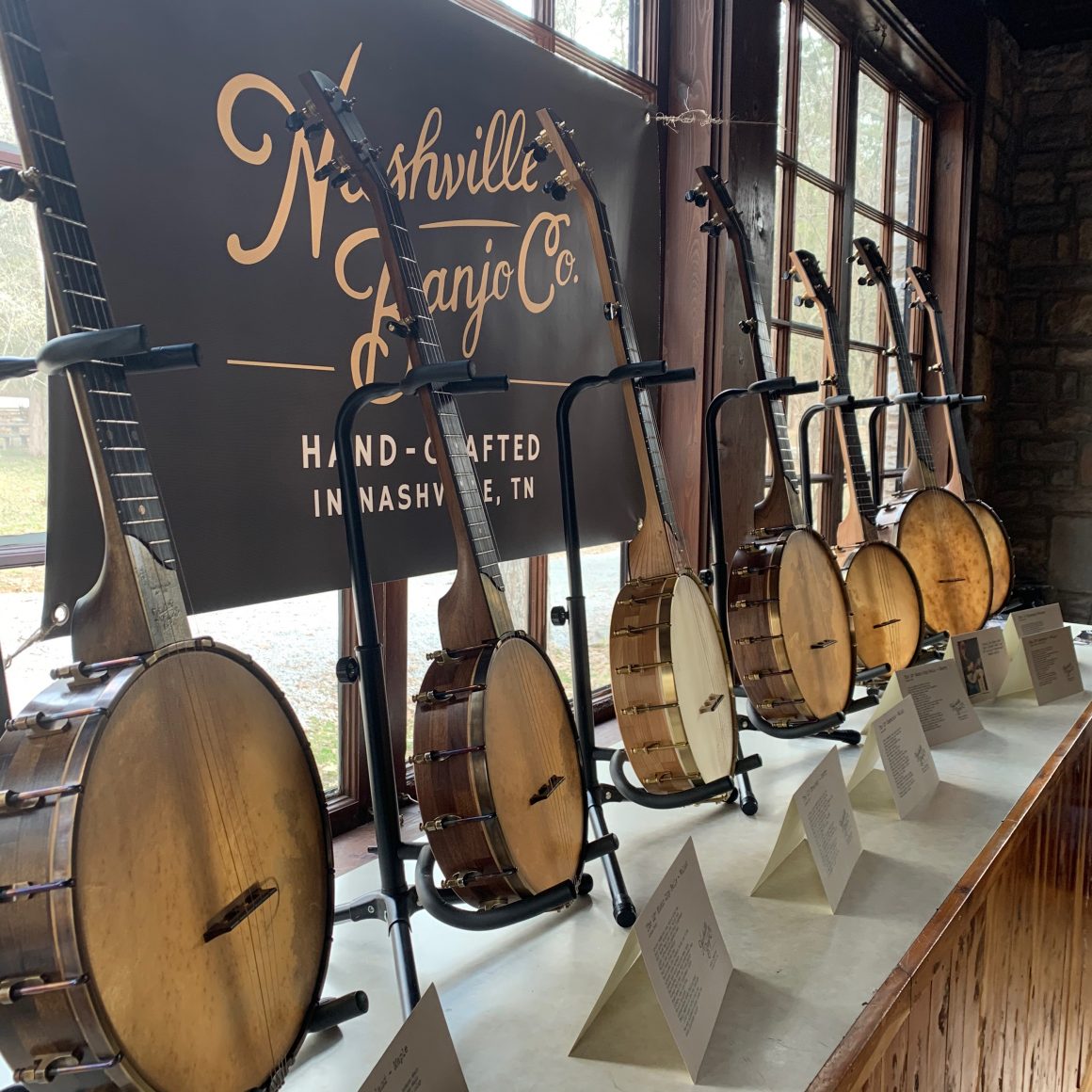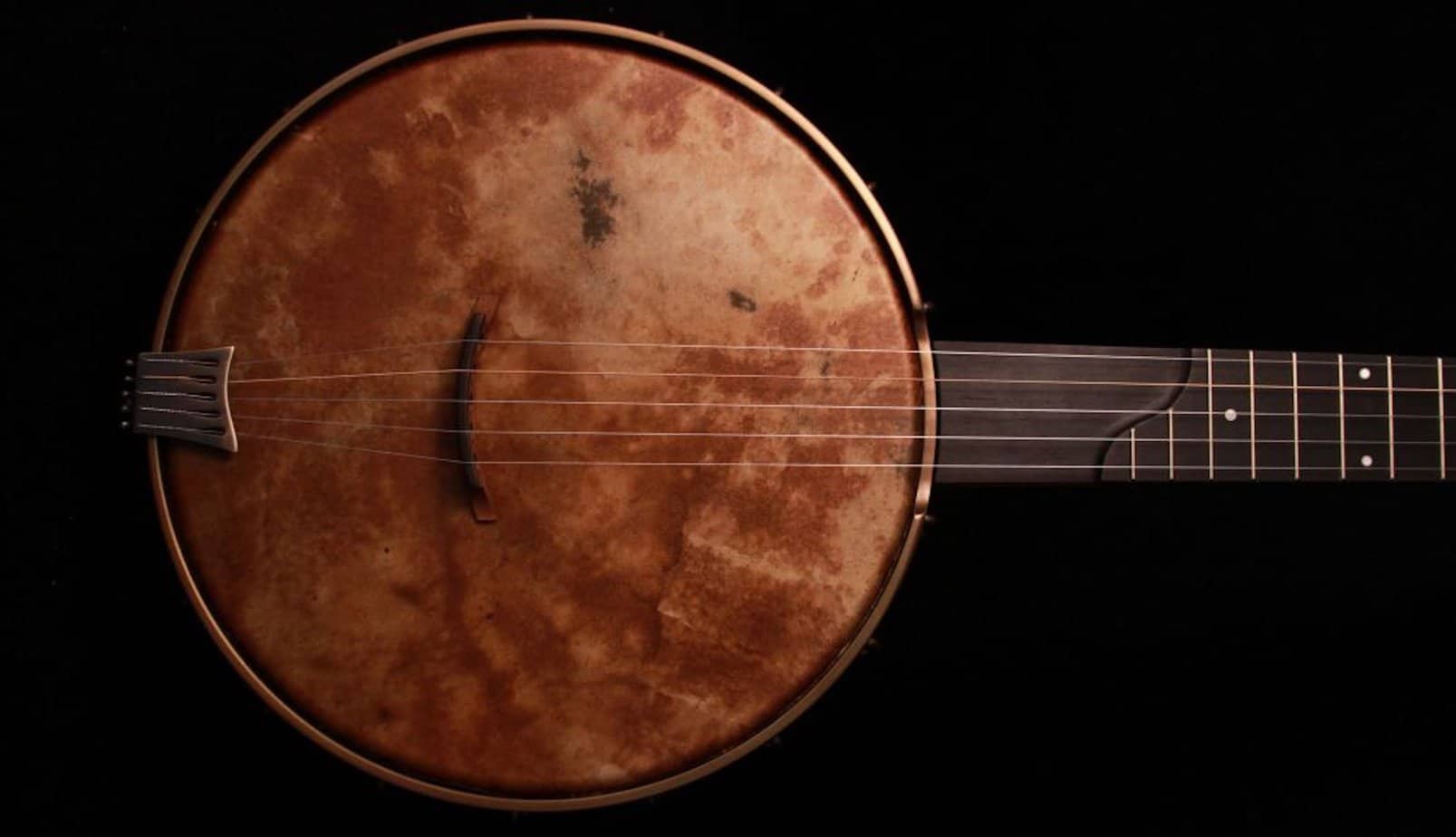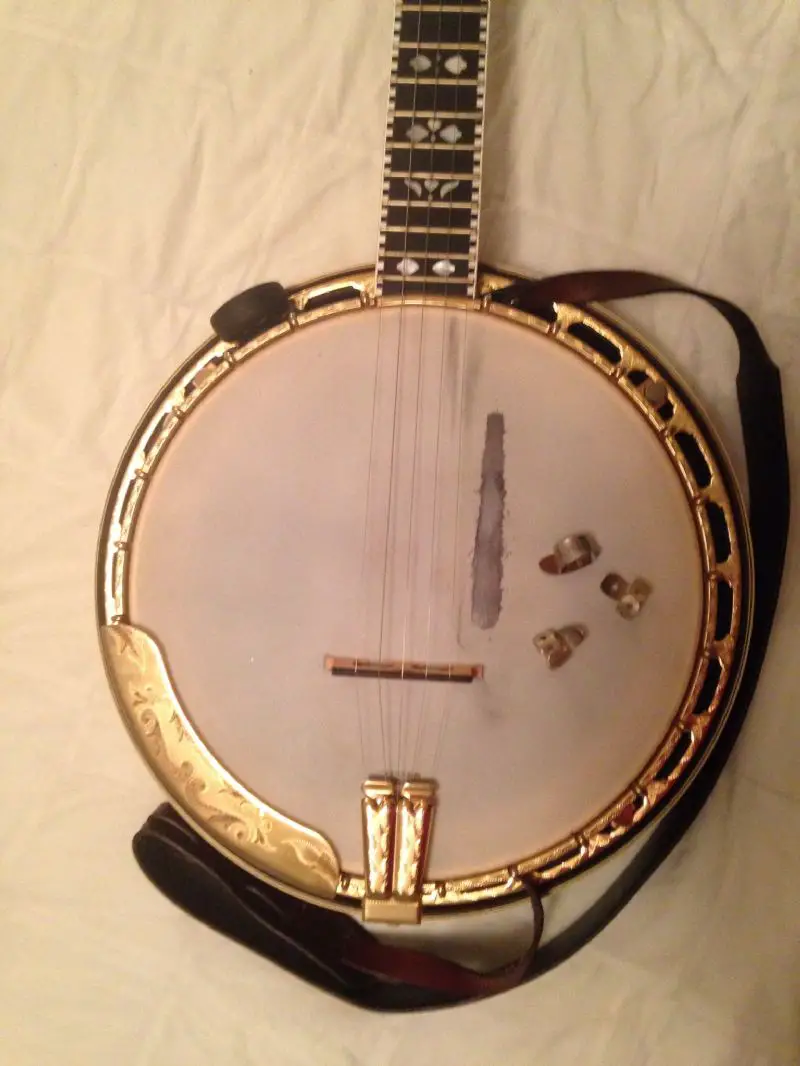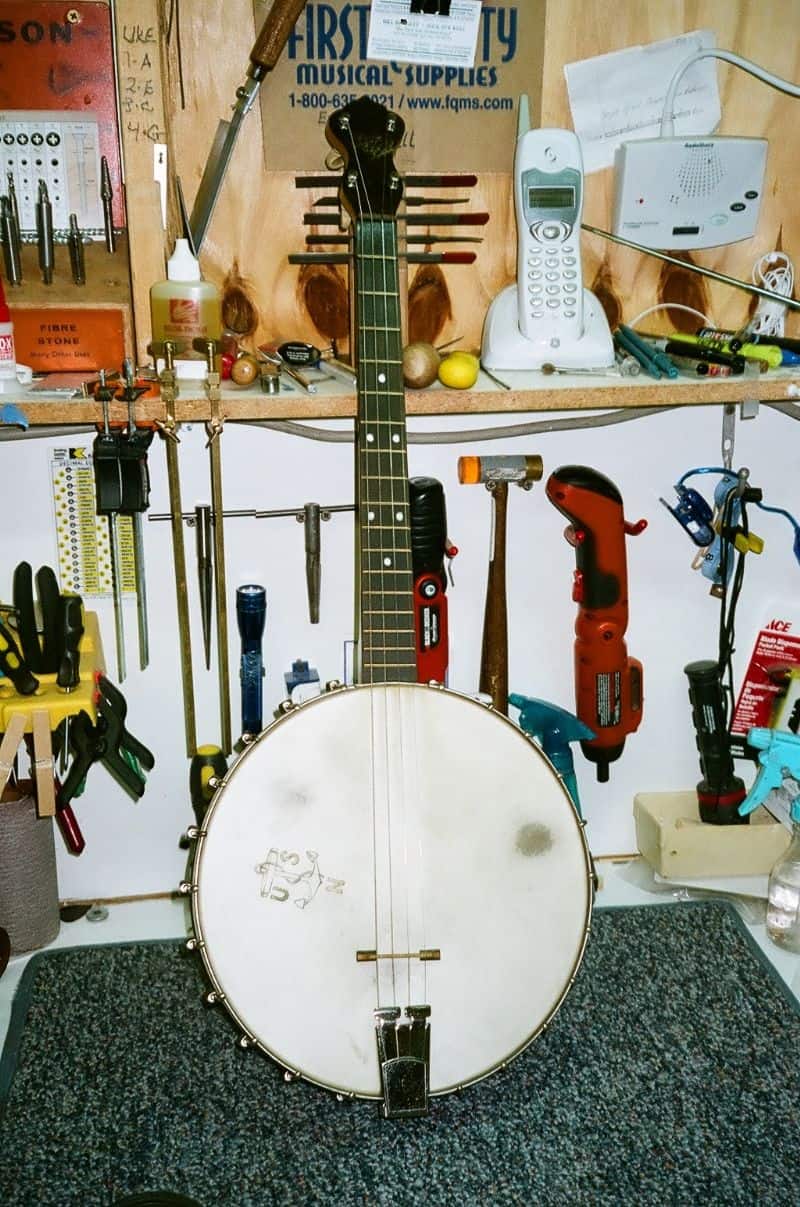The banjo is a stringed musical instrument that has been a staple in American music for centuries. From bluegrass to folk, the banjo is known for its unique sound and versatility. One of the most important components of a banjo is the banjo head, which is the drum-like surface that the strings are stretched across. In this article, we will explore what banjo heads are made of and the different materials used in their construction.
What is a Banjo Head?
A banjo head is a membrane stretched over the rim of a banjo, which serves as the drumhead for the instrument. The banjo head is typically made of a thin, flexible material that can vibrate freely when the strings are plucked or strummed. The vibrations of the banjo head are what produce the instrument’s distinctive sound.
Materials Used in Banjo Heads
Historically, banjo heads were made from animal skin, such as calf, goat, or sheep. However, in the 20th century, synthetic materials began to be used as an alternative to animal skin. Today, banjo heads are made from a variety of materials, including:
Animal Skin
Animal skin banjo heads are still used by some players today, particularly in traditional or old-time music styles. Calfskin is the most common type of animal skin used for banjo heads, as it is thin and has a smooth texture. Goatskin and sheepskin are also used, but are less common. Animal skin banjo heads produce a warm, mellow tone that is prized by many players. However, they can be more difficult to maintain than synthetic heads, as they require regular moisturizing to prevent cracking and drying out.
Mylar
Mylar is a type of plastic film that is commonly used in the manufacture of modern banjo heads. Mylar heads are known for their durability, consistency, and ease of maintenance. They are less susceptible to changes in temperature and humidity than animal skin heads, making them a popular choice for touring musicians. Mylar heads produce a bright, punchy tone that is well-suited to bluegrass and other modern styles of banjo playing.
Fiberglass
Fiberglass banjo heads are another synthetic option that is gaining popularity among banjo players. Fiberglass heads are known for their durability and resistance to wear and tear. They are also less expensive than mylar heads, making them a cost-effective choice for beginners or casual players. Fiberglass heads produce a bright, metallic tone that can be somewhat harsh compared to animal skin or mylar heads.
Choosing the Right Banjo Head
When choosing a banjo head, there are several factors to consider, including the style of music you play, your budget, and your level of experience. Animal skin heads are typically preferred by traditional or old-time musicians, while mylar and fiberglass heads are more common in bluegrass and other modern styles.
Budget is also an important consideration, as animal skin heads tend to be more expensive than synthetic heads. Mylar heads are a middle-of-the-road option, offering a good balance between cost and performance. Fiberglass heads are the most affordable option, but may not produce the same level of tone and resonance as more expensive heads.
Finally, your level of experience as a banjo player can also influence your choice of banjo head. Animal skin heads require more maintenance than synthetic heads, making them a less forgiving option for beginners. Mylar and fiberglass heads are more durable and require less maintenance, making them a good choice for players who are just starting out.
Curious about banjo construction? Learn about banjo strings, where banjos are made, harmonica production, Savannah banjos’ origins, and Jameson banjos’ manufacturing locations to delve into the world of musical craftsmanship!
Installing a Banjo Head
Installing a banjo head can be a challenging process, particularly for beginners. Here are the basic steps involved in installing a banjo head:
1. Remove the old banjo head and tension hoop from the banjo rim.
2. Clean the rim and tension hoop with a soft cloth to remove any dirt or debris.
3. Dampen the new banjo head with water or a head stretching solution.
4. Center the banjo head




